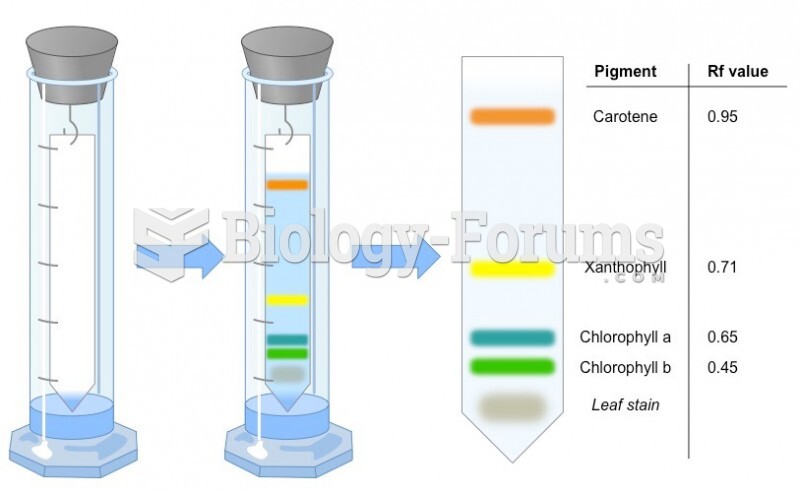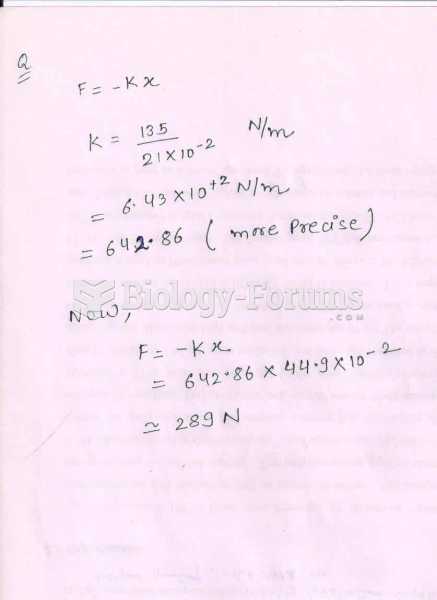Answer to Question 1
Answer: Preservation and conservation are two different ways to perceive and manage resources. Preservation is the maintenance of resources in their present condition, with as little human impact as possible. Preservation takes the view that the value of nature does not derive from human needs and interests, but from the fact that every plant and animal living on Earth has a right to exist and should be preserved regardless of the cost. It does not regard nature as a resource for human use.
In contrast, conservation is compatible with development but only if natural resources are utilized in a careful rather than a wasteful manner. Conservation is the use and management of natural resources such as wildlife, water, air, and Earth's resources to meet human needs, including food, medicine, and recreation.
Renewable resources such as trees are conserved if they are consumed at a rate less than or equal to the rate at which they can be replaced. Nonrenewable resources such as fossil fuels are conserved if they are used as efficiently as possible, allowing time to develop alternative energy resources for the future.
Answer to Question 2
Answer: Water is a renewable resource, but unlike sunshine, it is one that can be significantly harmed by misuse. Water pollution (elevated levels of impurities in the environment caused by human activity) results when more waste is added than the receiving water can accommodate. Water can dissolve a wide range of substances, and it can transport bacteria, plants, fish, sediment, toxic chemicals, and trash of all kinds. Water pollution results when substances enter the water faster than they can be carried off, diluted, or decomposed.
Water pollutants have diverse sources. Some come from a point source. These enter a stream at a specific location, such as a wastewater discharge pipe. Others come from a nonpoint source. These come from a large diffuse area, as happens when organic matter or fertilizer washes from a field during a storm. Nonpoint sources usually pollute in greater quantities and are much harder to control. Agricultural lands are the dominant source of nonpoint pollution in most of the world, although atmospheric sources such as acid deposition derived from air pollution can also be important.







